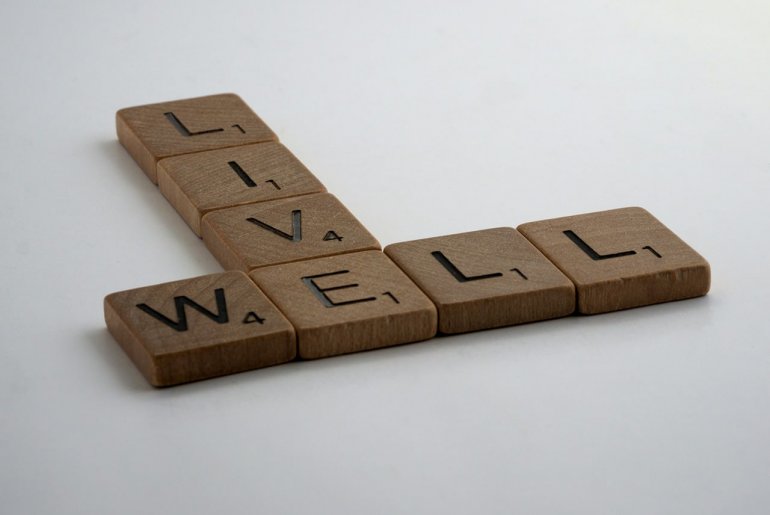The National Cancer Institute lists breast cancer as the second most common form of cancer among women in the United States. In Canada, the Canadian Cancer Society lists the same statistics. The only cancer more prevalent in these nations is skin cancer. (1) (2)
Each year, around 230,000 women in the US will be diagnosed with breast cancer. 26,000 women in Canada will face the same diagnosis.
Men can experience breast cancer as well, though their rate of diagnosis is much lower than it is for women.
Along with regular self-exams and medical exams to inspect breast health, medical professionals recommend certain women get mammograms to check them for breast cancer.

We’ll look today at what a mammogram is, who should get one, and what you can expect from this procedure…
What Is a Mammogram?
A mammogram is a specialized x-ray of the breasts. The imaging is executed by a radiology technologist specially trained in mammography. The test is carried out in private, and can help your doctor determine if there is anything to be concerned about regarding your breast health.
Before a mammogram, you first change into a hospital gown so the technologist can easily access your breasts for examination.
You stand in front of an x-ray machine in a private radiological room.
The technologist will place your breasts, one at a time, between two plastic plates. These plates will compress your breast to flatten it so that the machine can get a clear picture of the tissue inside.
This might be uncomfortable, but it’s crucial for the radiologist to get a good picture and determine if there is anything wrong. (3)
There are two main types of mammograms.
- Screening mammogram
- Diagnostic mammogram
How do these tests differ?
A screening mammogram is one when you have no signs or symptoms that point to breast cancer. This type of mammogram is a “just-in-case” type of test. In a screening mammogram, there are usually only 2 pictures taken unless you have large breasts or breast implants, in which case more pictures might be necessary.
A diagnostic mammogram is conducted when you show symptoms of breast cancer, a family history of breast cancer, or if a screening mammogram showed any abnormalities in breast health. In a diagnostic mammogram, more pictures are taken, especially of the areas of concern. During this type of mammogram, the radiologist will also be present so she can read the x-rays immediately and determine if more imaging is required.
Who Should Get a Mammogram?
Over the past few years, there’s been heated debate over who should and shouldn’t get a mammogram.

Many medical societies and organizations have worked hard to develop proper guidelines on who should be getting mammograms.
In the United States it is recommended that women’s breast health start being screened by mammogram at 40 years old. This screening should be repeated every 1 to 2 years. Women under 40 should speak with their doctor about mammograms if they have a family history of breast cancer or they have any signs or symptoms of the disease. (5)
In Canada, the guidelines are slightly different. Mammograms are recommended to begin at 50 years old and should be performed every 2 years. Women under 50 or over 70 should speak with their doctor about their risk of breast cancer and determine if they are a candidate for a mammogram. (6)
Are Mammograms Effective?
As with everything, there are benefits and risks to mammograms.
Mammograms have been proven to help diagnose breast cancer earlier, while it is still small and more easily treatable. This leads to fewer women dying from breast cancer.
Having a mammogram done helps to find lumps several years before your doctor or you can feel them by hand. (7)
Risk of developing breast cancer increases with age, so it stands to reason that being examined when you are younger could potentially help you avoid the diagnosis later in life.
There are, however, several limitations to mammograms.
During a mammogram, as with any x-ray, you are exposed to low levels of radiation. This level is low enough not to cause alarm, but overexposure to radiation has been linked to higher incidences of cancer. (8)

There is also the risk of the mammogram producing a false positive, resulting in a diagnosis of breast cancer that doesn’t actually exist. If a radiologist determines an abnormality in your breast, you will have to undergo an unnecessary biopsy. (9)
There can also be a false negative, or cancer that is missed. The radiologist can interpret the x-rays as normal when there is actually something wrong. This can lead to a delay in treatment, and higher incidences of death. (10)
Overall, you should stick to having a mammogram when advised by your doctor. The stakes are too high to put it off.
REFERENCES
- https://www.cancer.gov/types/breast
- http://www.cancer.ca/en/cancer-information/cancer-type/breast/statistics/?region=on
- https://medlineplus.gov/mammography.html
- http://www.nationalbreastcancer.org/mammogram
- http://www.cancer.ca/en/cancer-information/cancer-type/breast/screening/?region=bc
- https://www.ncbi.nlm.nih.gov/pmc/articles/PMC5064844/
- https://www.ncbi.nlm.nih.gov/pubmed/9709287
- https://www.ncbi.nlm.nih.gov/pubmed/20837718/
- https://www.ncbi.nlm.nih.gov/pmc/articles/PMC4415291/



